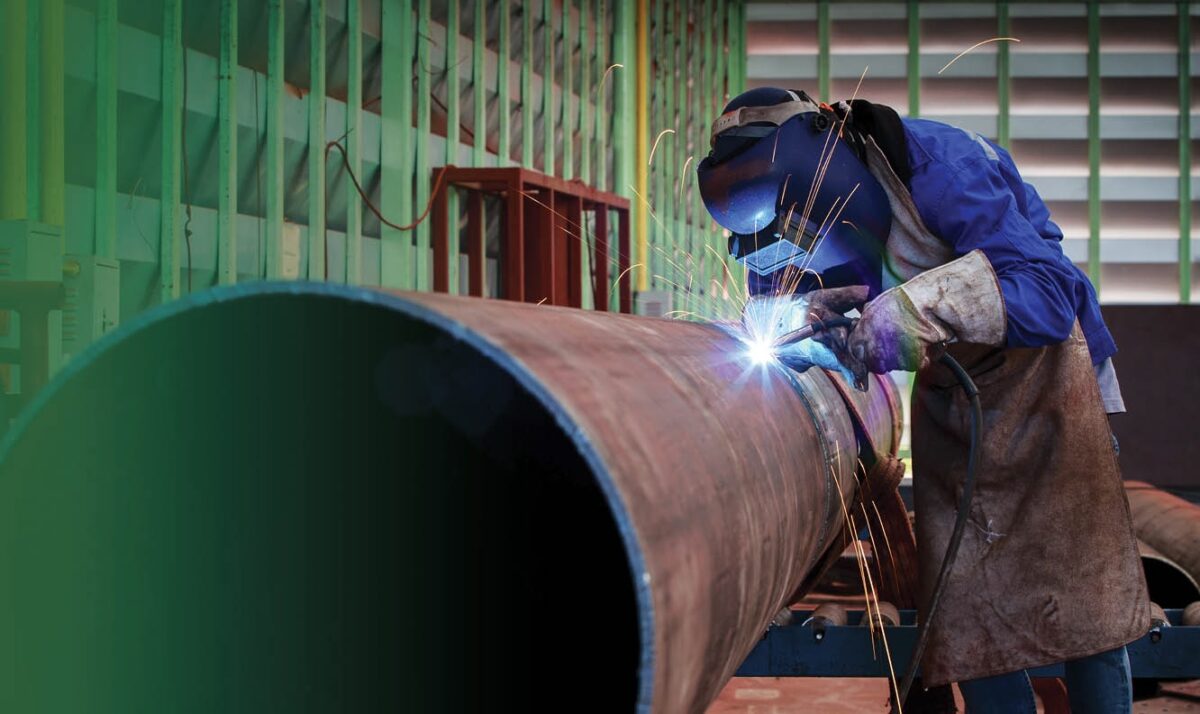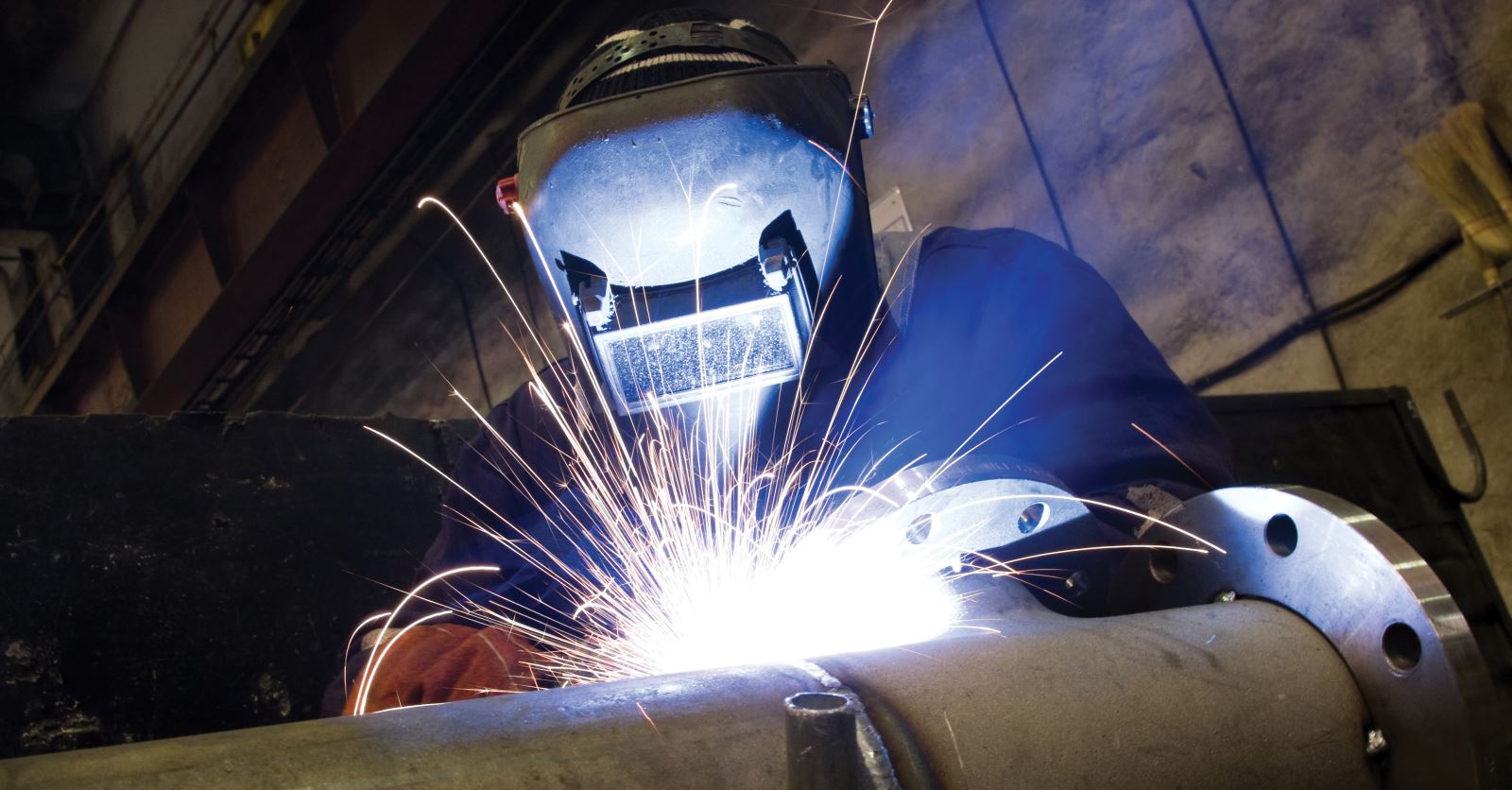The Role of Mild Steel Fabrication in Everyday Infrastructure Projects

Mild steel is one of the most widely used materials in construction and infrastructure projects around the world. Known for its strength, affordability, and flexibility, steel plays a key role in shaping the structures we rely on daily. From bridges to buildings, the process of MS fabrication helps create durable and reliable structures that support the demands of modern life. Whether it’s creating a framework for high-rise towers or constructing bridges that connect cities, the role of mild steel fabrication in infrastructure is essential and far-reaching.
What is Mild Steel Fabrication?
MS fabrication refers to the process of cutting, bending, and assembling mild steel into various shapes and sizes to create structures. Mild steel is a type of carbon steel that contains a small percentage of carbon, making it both strong and malleable. The fabrication process allows builders and engineers to mold this material into the components necessary for construction.
The versatility of steel makes it ideal for both simple and complex projects. It can be easily welded and shaped without losing its structural integrity, which is why it’s such a popular choice in the world of construction. When we think about MS fabrication, it’s hard to imagine how modern infrastructure projects could exist without this crucial process.
Mild Steel in Bridges and Transportation
One of the most obvious examples of mild steel used in infrastructure is in the construction of bridges. Bridges are essential for transportation, allowing cars, trains, and pedestrians to travel across rivers, valleys, and other obstacles. Mild steel is often used for the framework of these bridges because of its strength and resistance to tension.
In large-scale infrastructure projects, such as highways and overpasses, steel beams and trusses form the backbone of the structure. Steel’s ability to withstand heavy loads makes it perfect for these applications. Engineers rely on mild steel to ensure that these structures can support the weight of traffic and resist environmental stresses, like wind and earthquakes.
Not only does MS fabrication provide the structural framework for these transportation systems, but it also allows for quicker construction times. Fabricating steel parts in workshops before transporting them to construction sites means that bridges and other structures can be assembled more efficiently, reducing disruption to the surrounding area.
Mild Steel in Buildings and High-Rise Structures
Another area where MS fabrication is critical is in the construction of buildings, especially high-rise structures. Skyscrapers and other tall buildings need a strong and stable framework to support the weight of the building and withstand environmental forces like wind and seismic activity. Mild steel offers the perfect balance of strength and flexibility, allowing these buildings to stand tall without collapsing under pressure.
In most modern buildings, steel frames are used as the skeleton upon which everything else is built. These steel structures provide the foundation for walls, floors, and other architectural features. Because mild steel is relatively lightweight compared to other construction materials like concrete, it allows buildings to be taller and more efficient without compromising safety or stability.
Mild steel also plays a role in the construction of residential and commercial buildings. For example, it’s used in the frameworks of apartment complexes, office spaces, and shopping centers. The ability to fabricate steel into precise shapes and sizes makes it easy for builders to create custom designs and layouts while maintaining structural integrity.

Durability and Sustainability of MS
Durability is one of the main reasons why mild steel is favored in infrastructure projects. Mild steel is highly resistant to rust and corrosion when treated properly, which means that structures built using this material can last for decades without significant wear and tear. This resistance to environmental factors is crucial for infrastructure projects that are exposed to the elements, such as bridges and pipelines.
Another important aspect of MS fabrication is its sustainability. Steel ranks among the most recyclable materials in the world. This means that when we demolish or update infrastructure projects, we can reuse the steel in other projects. This reduces waste and minimizes the environmental impact of large-scale construction. In addition, modern fabrication techniques allow for minimal material waste during the manufacturing process, further contributing to sustainability efforts.
Mild Steel in Water and Energy Infrastructure
Beyond buildings and bridges, steel plays a vital role in other types of infrastructure, such as water and energy systems. For example, mild steel is often used for water pipelines because it is strong enough to handle water pressure. It is also flexible enough to be shaped into different forms. This is essential for creating water systems that can transport large quantities of water over long distances.
In the energy sector, mild steel fabricates structures that support wind turbines, oil rigs, and solar panel mounts. It offers a sturdy base, allowing these structures to withstand harsh weather and function efficiently.
The Future of Mild Steel in Infrastructure
As cities grow and the demand for infrastructure increases, the role of mild steel in construction will continue to expand. This material is highly versatile and paired with advancements in fabrication technology. It will remain essential to infrastructure projects for years to come.
An exciting trend in construction is using prefabricated steel parts for faster, more efficient building. This benefits urban areas by minimizing construction time and reducing disruption to daily life. Prefabrication allows assembling large building or bridge sections off-site, then quickly installing them, reducing construction time and costs.
Additionally, the focus on sustainable construction is pushing the industry to look for ways to reduce waste and energy consumption. Mild steel, with its high recyclability and low environmental impact, fits into this trend perfectly. Engineers constantly seek new ways to make infrastructure projects eco-friendly, with steel likely playing a continued role.
Conclusion
Fabrication is a cornerstone of modern infrastructure. Steel gives the strength and versatility needed to build lasting bridges and buildings where we live and work. Its role in transportation, buildings, water systems, and energy infrastructure highlights its importance in everyday life. Whether it’s large-scale structures or smaller projects like railings, which are often crafted by an MS Railing Manufacturer, steel plays a crucial role. As construction technology advances, steel will keep shaping the future of cities and communities worldwide.





